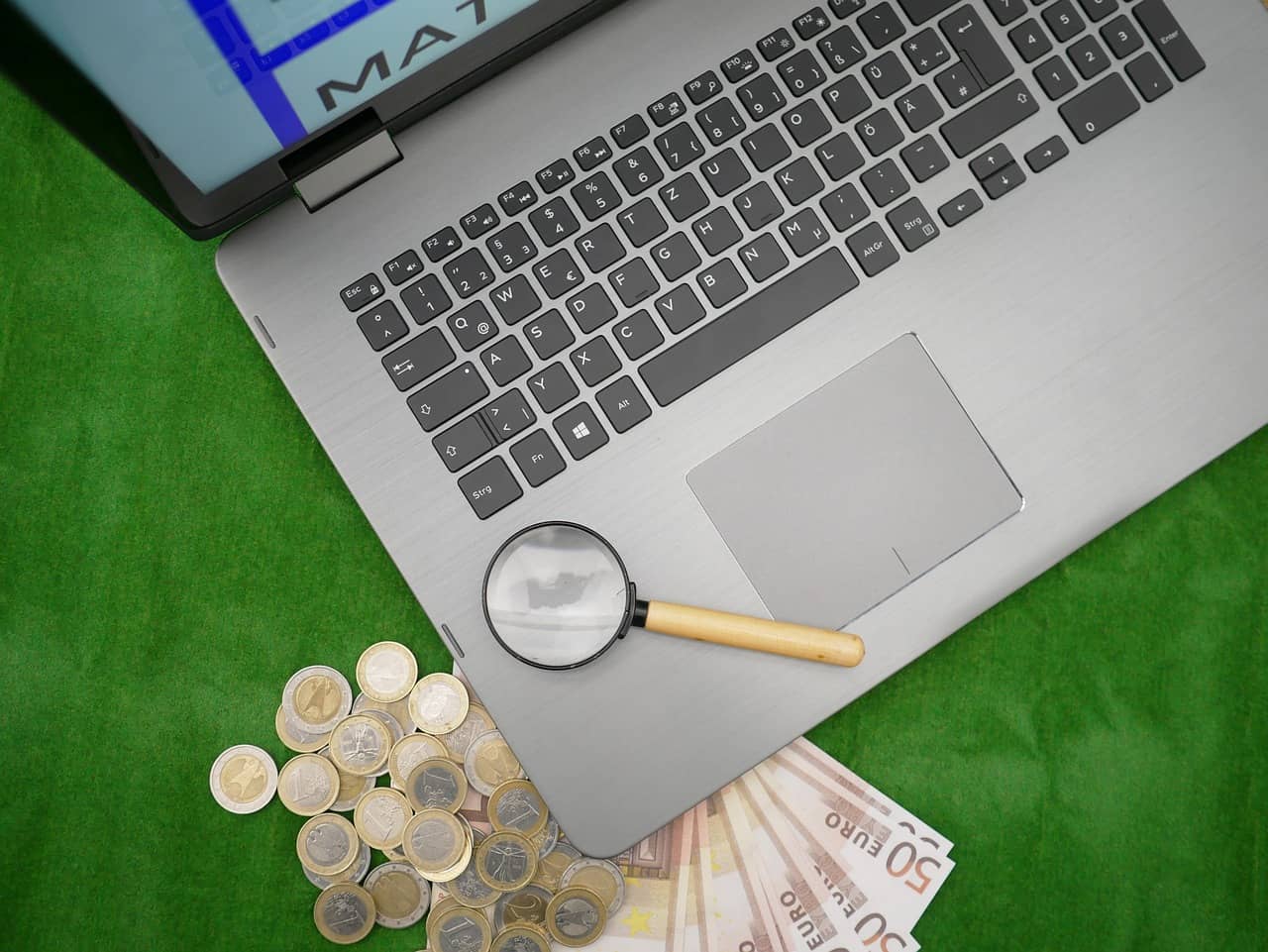
Once you have been hanging around sports betting circles for a while, you will likely come across the term “value bet”. It’s an intriguing part of betting because this type of wager is essentially created by the bettor.

You are not going to simply browse through the markets in a sportsbook for the UEFA Champions League Final for example, and see sitting there a section of Value Bets alongside the likes of Over/Under 2.5 Goals, Both Teams To Score and Match Outright.
A value bet is where the individual bettor determines that a market selection has a better chance of winning, than what the odds on offer are suggesting. That discrepancy is an edge that punters look for, to try and beat the bookie.
But how can you identify value bets and how can you calculate the probability of an outcome and compare it with the odds?
Table of Contents
Odds and Probability
Where do value bets come from? Well, it all starts with the odds, which express the given likelihood of a particular event happening. Those odds are set by the bookmakers, and a good way to compare them is to use odds ratings, like the one published at https://legalbet.uk/rating-odds/.
The odds represent an implied probability. It’s only ‘implied’ because, after all, there are no guarantees in sports betting and bookies get things wrong too. But bookies don’t like risk, so they assess markets, work on their profit margins and set the lines in their favour.
Betting odds and probability go hand in hand. Think of a tennis match, where only one of two players can win, which is essentially a 50/50 chance of you picking the right winner. But you are not going to get 2.00 (even money) odds on both players in the betting for the match.
One player will be deemed to be the favourite to win the fixture and be odds-on, which is a quote under the even money line. That leaves the underdog at odds against, longer odds above the even money line. It’s those odds that you need to understand in terms of probability.
Converting Odds To Probability
You can convert betting odds to their probability by using a simple formula. Results will be a fraction between 0 and 1, so 0.25 translates as 25% and 0.33 to 33% chance. Or you can just multiply the result by 100 to settle on the percentage.
- Decimal odds: Probability = 1 / Odds
- Fractional odds: Probability = Denominator / (Numerator + Denominator)
- American odds: Probability = 100 / (Positive Odds + 100) or Negative Odds / (Negative Odds – 100)
Finding Value Bets
As a bettor looking for value bets, it is important to understand odds and what their implied probability is. You are going to find value bets by assessing your own implied probability on markets. That is with the goal of finding an edge, based on the above premise that a value bet has a higher probability of happening than the bookmaker’s implied odds.
So you need to research a given betting market to find such an opportunity. You can study the stats and then come up with your probability estimations about a certain team to win a football match for example.
Then you see how your interpretation of probability lines up against the odds that the bookmaker has set. If your probability is higher than the implied probability in the odds, then you have yourself a value bet. If your probability is less than the implied probability in the odds, avoid taking the bet. Also Read – What to look for in a Gaming App
The Personal Touch
You can see from above just how personal value bets are. It’s because your estimation of how an event will play out may be different from the person next to you. You may think a team has a 55% chance of winning a match, while someone else thinks it’s a 52% chance or someone else 58%.
So value bets are created by what an individual punter thinks. This is why they are a uniquely personal challenge. Base your sports betting around statistics and analysis to find them, as they help to form the backbone of creating value bets.